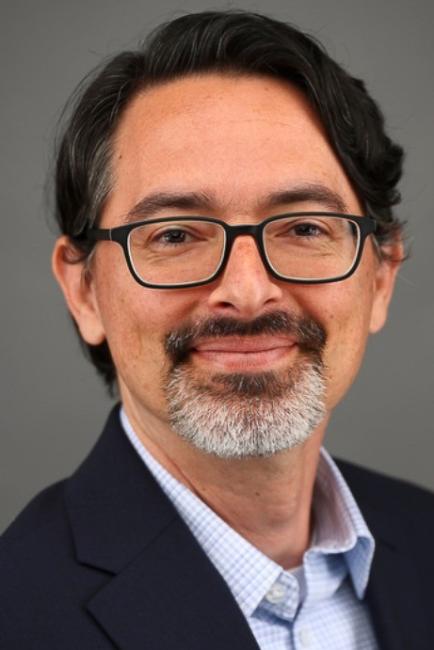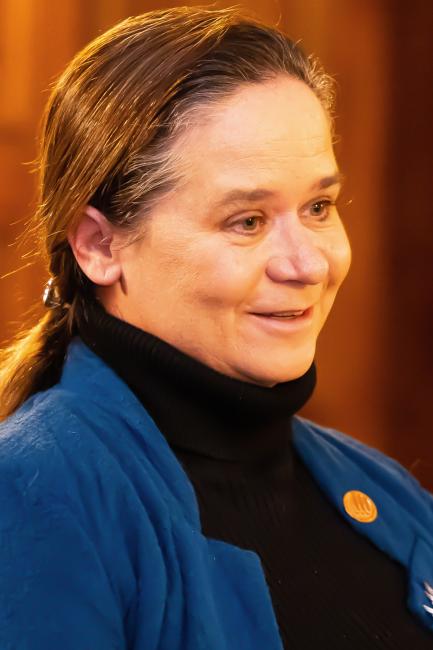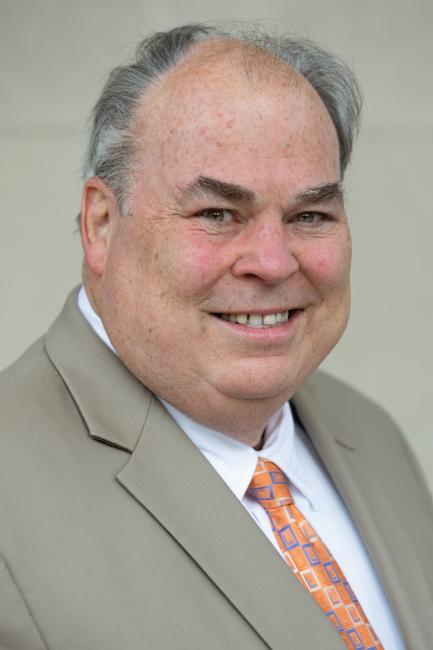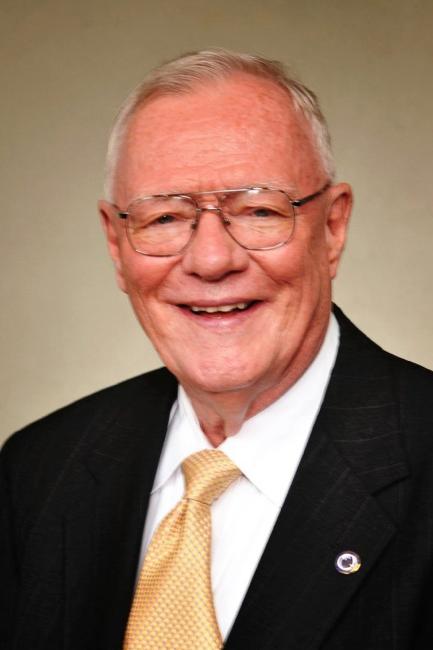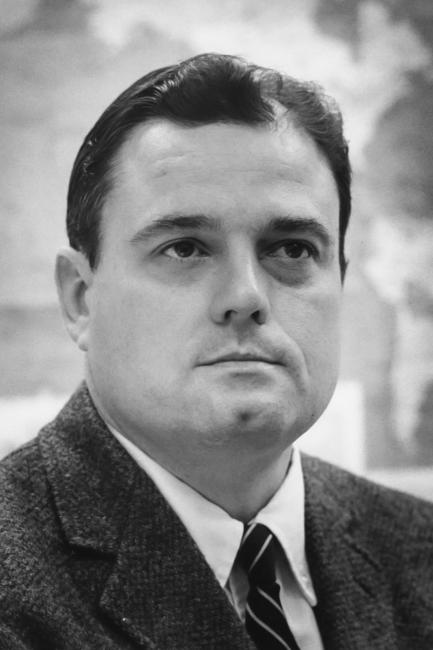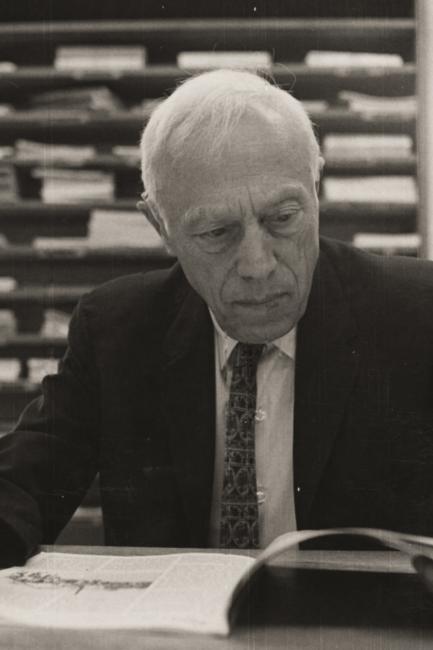The vision to create a school of diplomacy and international commerce came from Dr. James Kennedy Patterson, the first president of the University of Kentucky. Long an advocate for greater American engagement with the world, Patterson saw the 1898 Spanish-American War as evidence that a new school was needed that "shall have for its special object the preparation of young men for the diplomatic and consular service of the United States. It shall also provide special training for those who may seek employment in extending upon rational and scientific lines the commercial relations of America." Patterson took as his model the programs then being established in Europe and at Harvard, Chicago, Georgetown and Yale.
Patterson recognized that the United States was becoming a world power, and believed that Americans needed preparation for this responsibility. He had a clear vision of this preparation. In 1903, speaking in Washington on "Education and Empire," Patterson declared that students must become not only as scholars and scientists, but also citizens who will be engaged in shaping the destinies of the world. This philosophy - requiring the integration of theory and practice - has always been at the core of the Patterson School. Patterson also singled out early on the importance of foreign language study and ethics training - those too remain essential components of our curriculum.
But the new state university Patterson led was struggling to survive. Indeed, he tapped his own personal resources to construct the university’s first buildings. When he retired in 1910, his dream remained unfulfilled, but not forgotten. A trust established by Patterson's will in 1922 allocated almost his entire estate for the creation of a college of diplomacy to be named for his deceased son, William Andrew Patterson. To make his vision a reality, however, the bequest had to be invested for decades. While the endowment was not large enough to fully fund Patterson's ambitious vision, by 1959 it had matured enough - with help from the Commonwealth of Kentucky - to launch the Patterson School of Diplomacy and International Commerce.
From the beginning, the Patterson School program was designed exclusively for graduate students. Initially, both masters and doctoral degrees were offered. In 1970, however, the decision was made to concentrate solely on training at the masters level for students seeking professional careers in international affairs. Starting with three jointly appointed faculty members in 1960, the Patterson School acquired its first core faculty in 1972 and began a strengthening of its interdisciplinary nature that continues to this day. The program was originally housed on campus in a surplus army barracks best known to students and faculty as "Splinter Hall." The School moved to the Patterson Office Tower after its construction in 1969 and remains there today. While the program has purposely remained small and focused, it now has over one thousand alumni and has built a reputation as one of the leading institutions in its field.
